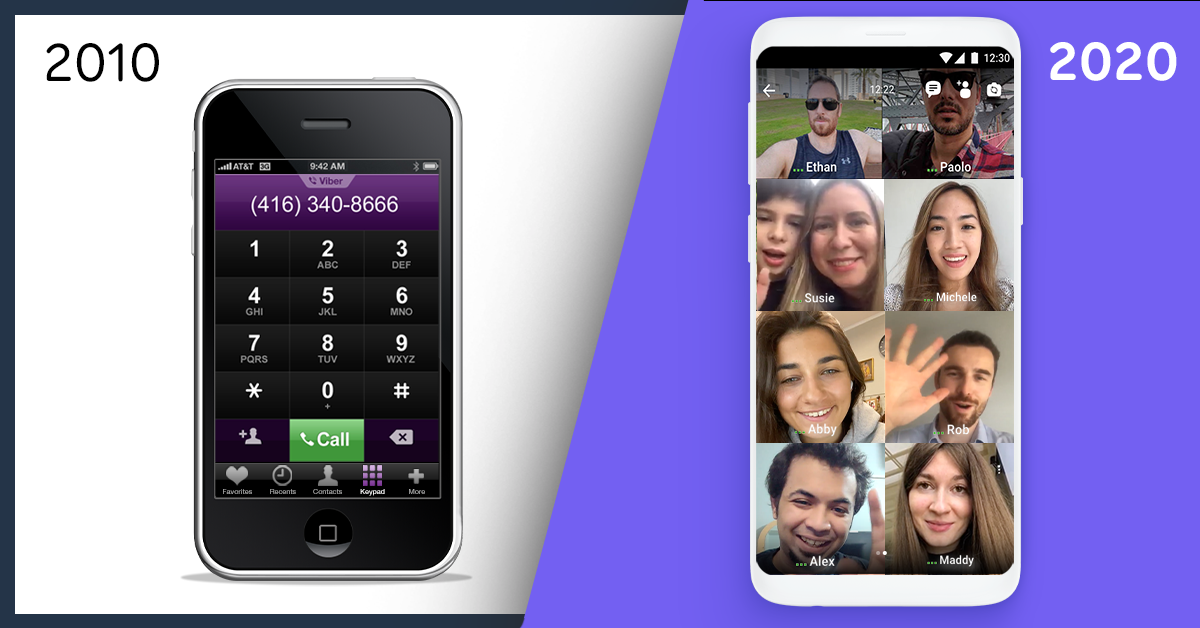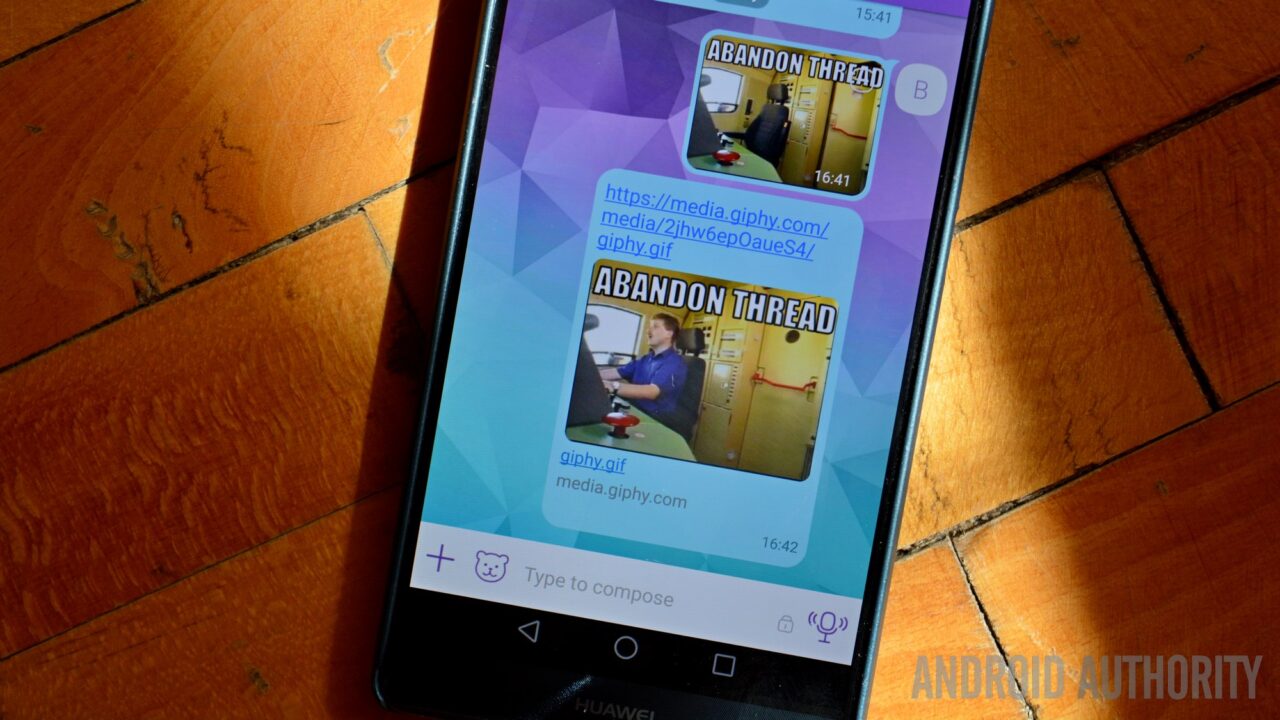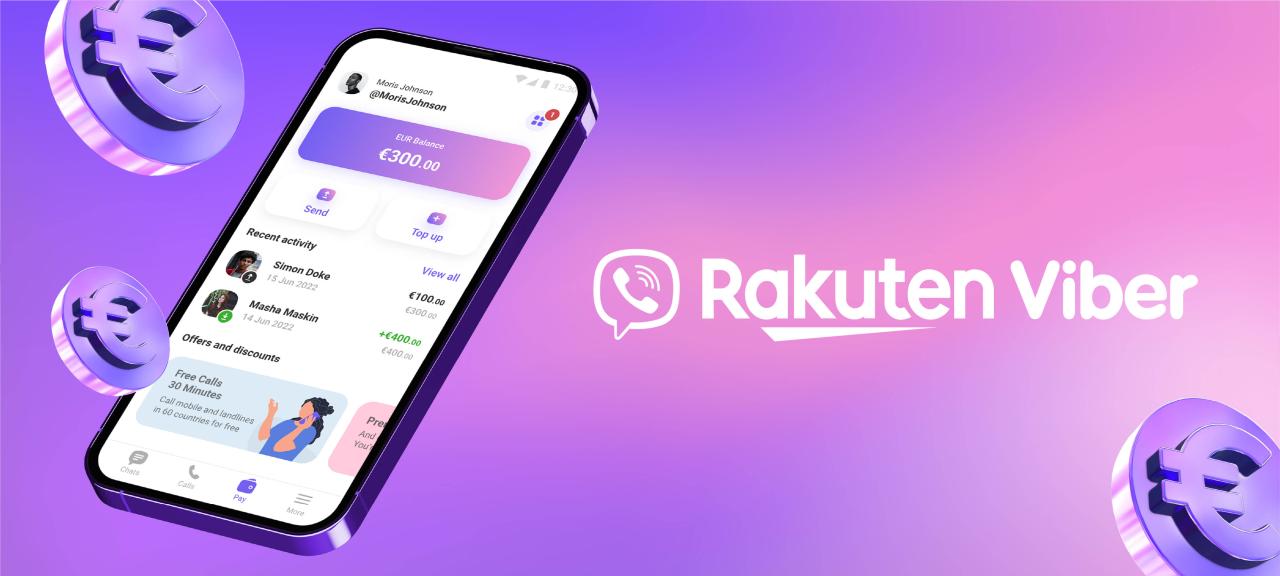Viber VoIP is transforming the way we connect and communicate in our personal and professional lives. By utilizing advanced technology that allows for seamless voice and video calls over the internet, Viber VoIP stands out as a robust alternative to traditional telephony. This innovative platform not only enhances communication but also offers a suite of features designed to meet the diverse needs of its users.
Understanding Viber VoIP involves exploring its fundamental principles and the underlying technology that powers its voice and video calling capabilities. Unlike conventional telephone systems, Viber VoIP operates through internet connectivity, offering benefits such as cost efficiency and high-quality audio-visual experiences. As we delve further into this subject, we will uncover the myriad advantages that come with embracing this modern communication tool.
Understanding Viber VoIP Technology

Viber VoIP technology revolutionizes the way users communicate by enabling voice and video calls over the Internet. This platform utilizes the principles of Voice over Internet Protocol (VoIP) to provide users with a seamless communication experience. By leveraging Internet connectivity, Viber allows users to connect with others across the globe, eliminating the limitations of traditional telephony.Viber’s operation is rooted in the conversion of analog voice signals into digital packets.
These packets are transmitted over the internet, allowing for real-time communication. When a user makes a call, Viber’s servers efficiently route these packets to the recipient, ensuring minimal latency and high audio quality. Viber also employs advanced codecs to compress audio and video data, optimizing bandwidth usage while maintaining clarity during calls.
Technology Behind Viber’s Voice and Video Calling Features
The technology that underpins Viber’s calling features is multifaceted, combining various components to deliver high-quality audio and video. The following elements are integral to its functionality:
- Internet Protocol (IP): Viber relies on IP, which allows voice and video data to be transmitted as packets over the internet. This process is fundamental to VoIP technologies and enables calls to be made without traditional phone lines.
- Codecs: Viber utilizes audio codecs such as Opus and G.722, which are essential for compressing and decompressing voice data. These codecs ensure that the quality of calls is preserved while minimizing the bandwidth required.
- Peer-to-Peer Technology: Viber employs a peer-to-peer model for its calls, allowing users to connect directly with one another without the need for a central server, thus enhancing call quality and reducing latency.
- Encryption: Viber prioritizes user privacy through end-to-end encryption, ensuring that voice and video calls remain secure and inaccessible to unauthorized parties.
The differences between Viber VoIP and traditional telephony are significant. Traditional telephony relies on circuit-switched networks, where a dedicated circuit is established for the duration of the call, which can lead to inefficiencies and higher costs. In contrast, Viber operates using packet-switched networks, where data is transmitted in small packets and can take various paths to reach its destination, allowing for more efficient use of network resources.
Among the many VoIP solutions available, xlite voip stands out for its user-friendly interface and reliable performance. This software allows users to make high-quality calls over the internet, ensuring clear and uninterrupted communication. Embracing such tools not only streamlines your connectivity but also enhances productivity, making it an essential choice for modern communication needs.
Additionally, Viber’s ability to integrate with features such as messaging and file sharing further distinguishes it from conventional phone services, providing a more comprehensive communication platform that meets modern demands.
Features and Benefits of Viber VoIP
Viber VoIP stands out as a robust communication platform that delivers a variety of features designed to enhance user experience. With its user-friendly interface and innovative technology, Viber provides effective solutions for personal and business communication needs. This section explores the key features and benefits that make Viber VoIP a preferred choice among users worldwide.
In today’s digital landscape, adopting a system voip can greatly enhance communication efficiency. This innovative technology enables seamless voice calls over the internet, delivering cost-effective solutions for both businesses and individuals. As you explore various options, consider tools like Xlite, which simplifies the VoIP experience, making it easier to connect with others while optimizing your communication processes.
Key Features of Viber VoIP
Viber VoIP encompasses a range of features that facilitate seamless communication. Below are some of the notable features:
- Free Voice and Video Calls: Viber allows users to make free voice and video calls to other Viber users globally, utilizing internet connectivity for superior call quality.
- Text Messaging: Users can exchange text messages, send photos, videos, and audio messages with ease, making communication versatile and engaging.
- Group Chats: Viber supports group chats, enabling users to connect with multiple contacts simultaneously, which is particularly beneficial for organizing events or discussions.
- Viber Out: This feature allows users to call non-Viber users on traditional phone lines at low rates, broadening communication possibilities.
- Stickers and GIFs: The platform offers a wide array of stickers and GIFs that users can incorporate into their conversations, enhancing the expressiveness of their messages.
- Viber Communities: This feature fosters large groups for discussions and sharing among users with common interests, facilitating broader engagement.
Advantages of Using Viber VoIP
When comparing Viber VoIP to other communication platforms, several advantages emerge that make it a compelling choice:
- Cost-Effective Communication: As a free service for Viber users, it eliminates traditional call rates, making it an economical option for users worldwide.
- User-Friendly Interface: Viber’s simple and intuitive design allows users to navigate effortlessly, catering to both tech-savvy individuals and those new to technology.
- Cross-Platform Compatibility: Viber supports various operating systems, enabling seamless connectivity across smartphones, tablets, and desktop devices.
- Global Reach: Viber’s extensive user base allows for easy connection with friends and colleagues regardless of their geographic location, promoting international communication.
- Integration with Other Services: Viber integrates with various applications and services, enhancing functionality and user convenience.
Security Measures Employed by Viber
Viber takes user security seriously, implementing multiple measures to ensure safe communication. The following security protocols are essential for Viber users:
- End-to-End Encryption: All voice calls, messages, and media shared on Viber are protected with end-to-end encryption, ensuring that only the intended recipients can access the information.
- Secure Connection: Viber utilizes secure protocols and technologies to protect user data during transmission, minimizing the risk of interception.
- Two-Step Verification: This optional feature adds an additional layer of security, requiring users to verify their identity when logging in from a new device.
- Privacy Settings: Viber provides users with customizable privacy settings to control who can contact them and view their profile information, enhancing personal security.
“Viber’s commitment to privacy and security ensures that users can communicate freely without compromising their personal information.”
Viber VoIP for Businesses

Viber VoIP technology offers significant advantages for businesses seeking efficient communication solutions. With its robust suite of features, companies can enhance collaboration, improve customer engagement, and reduce operational costs. This section explores how businesses can leverage Viber VoIP effectively and showcases successful implementations.Viber VoIP provides businesses with versatile communication tools that facilitate instant messaging, voice, and video calls. This technology allows organizations to connect with clients and colleagues seamlessly, irrespective of geographical barriers.
Businesses can utilize Viber VoIP for customer service, team collaboration, and marketing campaigns, enabling real-time interaction and responsiveness.
Successful Implementations of Viber VoIP
Many organizations have successfully adopted Viber VoIP to enhance their communication strategies. For example, a retail company based in Europe integrated Viber VoIP to streamline its customer service operations. By utilizing Viber’s messaging capabilities, the company was able to reduce customer response times by 60%, significantly improving customer satisfaction and loyalty.Another instance is a tech startup that implemented Viber VoIP for internal communication among its remote teams.
The startup reported increased productivity and collaboration, as team members could easily connect through voice and video calls, ensuring that project updates and brainstorming sessions occurred in real time.
Best Practices for Implementing Viber VoIP
Adopting Viber VoIP requires strategic planning and execution. Organizations should consider the following best practices to maximize the benefits of this technology:To ensure a smooth transition and effective use of Viber VoIP, businesses should keep the following tactics in mind:
- Train Employees: Providing comprehensive training ensures that all team members are comfortable using Viber’s features, promoting consistency in communication.
- Utilize Group Chats: Encourage teams to create group chat functionalities for projects or departments to foster collaboration and share information quickly.
- Integrate with CRM Systems: Linking Viber with Customer Relationship Management (CRM) systems can improve customer interaction tracking and service quality.
- Monitor Usage: Regularly assess how employees are using Viber VoIP to identify areas for improvement and ensure that the technology is being utilized effectively.
- Establish Communication Guidelines: Create clear guidelines on how to use Viber VoIP for various communication needs to maintain professionalism and efficiency.
Troubleshooting Common Viber VoIP Issues

Users may encounter various technical problems while using Viber VoIP, which can affect their communication experience. Understanding these issues and knowing how to address them is critical for maintaining seamless connectivity and high-quality calls. This section provides a detailed guide on common problems, their resolutions, and tips for optimizing call quality.
Common Technical Problems with Viber VoIP
Several technical issues may arise during the usage of Viber VoIP. Identifying these problems early can help users take appropriate corrective measures. Common issues include:
- Connectivity Issues: Users may experience difficulty connecting to the Viber service due to network disruptions or poor Wi-Fi signals.
- Call Quality Problems: Symptoms may include choppy audio, echoes, or delays during conversations.
- App Crashes or Freezing: Viber may occasionally crash or freeze, interrupting the user experience.
- Failed Calls: Calls may fail to connect due to poor network conditions or app malfunctions.
Step-by-Step Guide to Resolve Connectivity Issues
Connectivity problems can significantly hinder the functionality of Viber VoIP. The following steps can help users restore their connection:
1. Check Internet Connection
Ensure that the device is connected to a stable Wi-Fi network or has a strong mobile data signal.
2. Restart the Device
Power off the device and restart it to refresh network settings.
3. Update Viber App
Navigate to the app store and check for updates to ensure the latest version is installed.
4. Reinstall Viber
If issues persist, uninstall and then reinstall the app to resolve any corrupted files.
5. Reset Network Settings
On mobile devices, reset network settings to clear any misconfigurations.
6. Contact Service Provider
If the problem remains unresolved, reach out to your internet service provider for further assistance.
Tips for Optimizing Call Quality and Reducing Latency
To enhance the Viber VoIP experience, users can implement several strategies that focus on optimizing call quality and minimizing latency during calls. Effective practices include:
- Use a High-Speed Internet Connection: A wired connection is often more reliable than Wi-Fi, reducing latency.
- Close Unnecessary Applications: Freeing up device resources by closing background applications can help improve performance.
- Adjust Router Placement: Place the router in a central location for better Wi-Fi coverage, minimizing dead zones.
- Use Headphones: Utilizing headphones can mitigate echo and feedback during calls, improving audio clarity.
- Test Call Quality: Perform regular tests to assess call quality and adjust settings as needed.
“Maintaining a stable internet connection and optimizing device settings are crucial for achieving high-quality VoIP calls.”